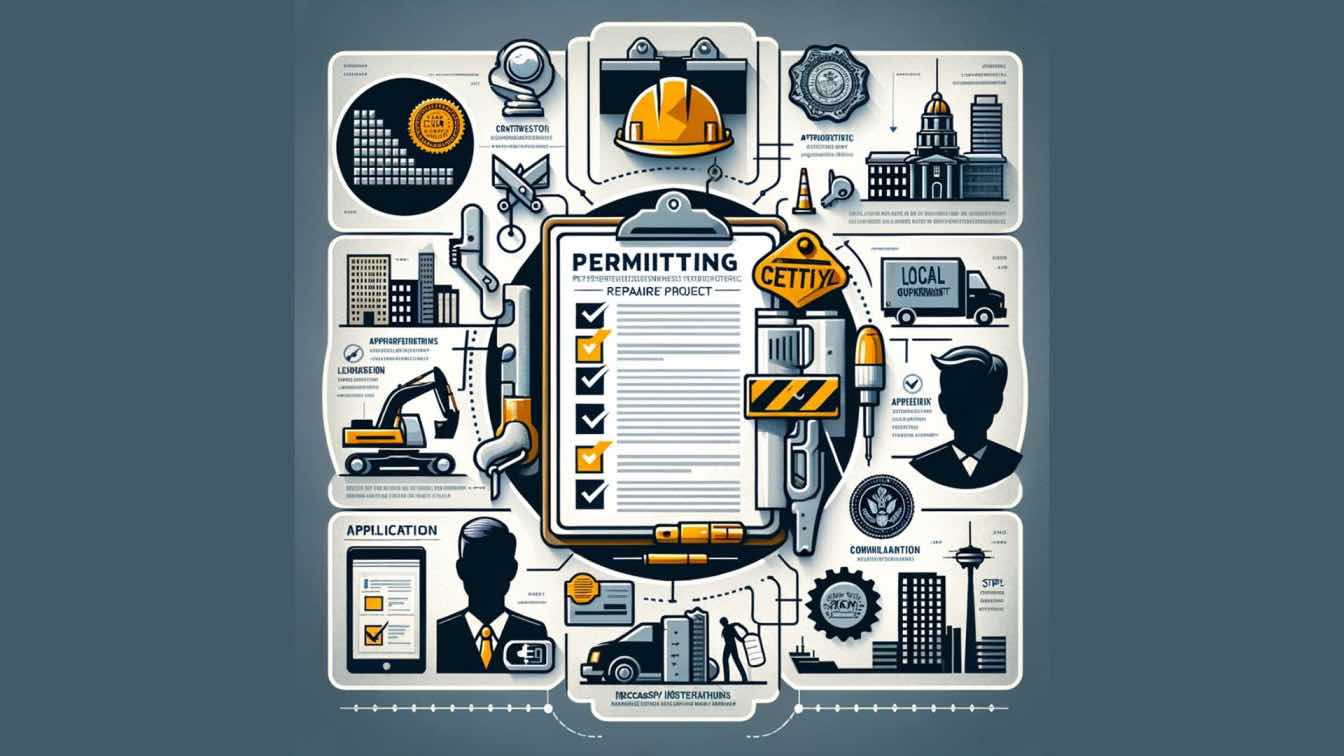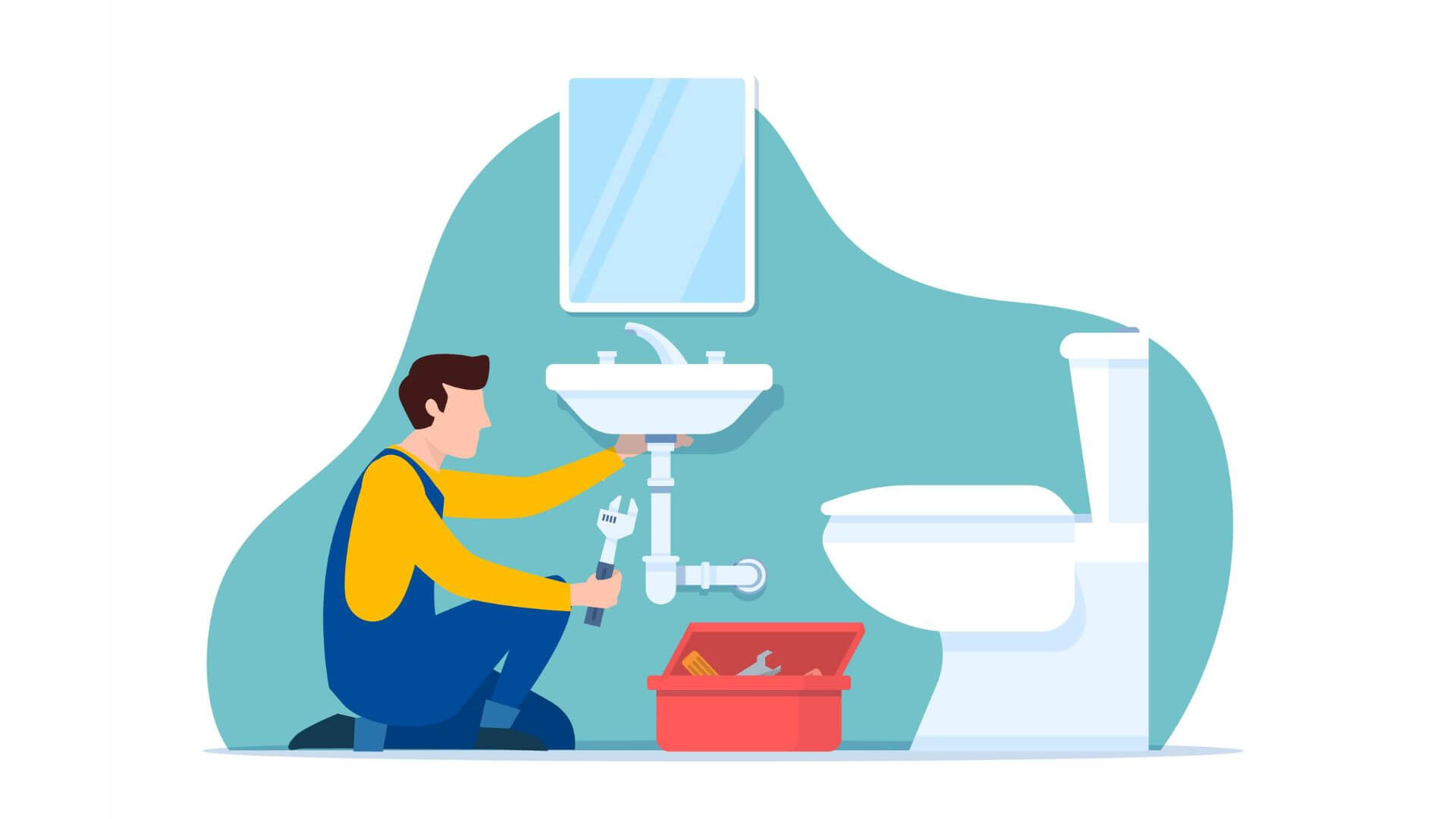The sudden, jarring sight of a smashed fence is enough to disrupt any homeowner's day. Whether from a distracted driver or an unfortunate accident, discovering your property's boundary has been breached by a vehicle is shocking and frustrating. While the initial experience is jarring, you have a clear path forward to restore your property. This guide will provide practical, encouraging steps for repairing a vehicle-damaged fence, empowering you to take control from the first moment of discovery to the final repair.
First Response: Securing the Scene and Documenting the Damage
In the aftermath of the incident, your first actions are critical for ensuring safety and building a case for insurance or legal proceedings. A calm, methodical approach will set the stage for a smoother resolution.
Prioritize Safety Above All Else
Before assessing the property damage, your priority is to check for injuries. Make sure any people or pets in the vicinity are unharmed. Once everyone is safe, carefully evaluate the scene for immediate hazards before approaching the damaged area.
A vehicle can easily damage more than just fence panels. Be aware of the potential for downed utility lines or a compromised electrical fence. In one harrowing incident in Northeast Portland, a driver was hospitalized after crashing into a high-voltage security fence, requiring emergency crews to shut off the power before a rescue could be made. If you see any exposed or downed wires, do not touch them under any circumstances and call 911 immediately.
Create a Thorough Record of the Incident
Meticulous documentation is non-negotiable, as it will become the foundation of your insurance claim or any potential legal action. Your phone is your most powerful tool in these first few moments, so use it to create a comprehensive record.
1. Take Extensive Photos and Videos: Capture the entire scene from various angles, including wide shots of the property and close-ups of the broken fence posts, panels, and any vehicle debris left behind.
2. Note Key Details: Write down the exact date and time of the incident. If the driver is present, exchange name, address, driver's license number, and insurance information.
3. Look for Witnesses: If neighbors or passersby saw what happened, politely ask for their names and contact information. Their account can be invaluable.
4. Check for Camera Footage: Review footage from your own security systems. Video evidence can be critical for identifying the responsible party, as seen in a case where a Ring camera captured vandals damaging a vehicle, providing undeniable proof for law enforcement.
When the Driver Has Fled the Scene
One of the most stressful scenarios is discovering that a hit-and-run caused the damage. Unfortunately, these incidents are becoming more common, with hit-and-run deaths increasing nationally by over 7% each year since 2009. This act turns the accident into a crime, and your first step should be to file a police report.
Dealing with a hit-and-run's legal and insurance fallout can feel overwhelming, so it's important to understand what to do after a hit and run to protect yourself. Solving these cases can be difficult, which makes the detailed documentation you gathered even more critical for your insurance claim.
Damage Assessment: Understanding the Scope of Your Repair Project
Once the scene is safe and documented, it's time to evaluate the extent of the damage. An in-depth assessment will help you gauge the complexity of the job and decide whether it's something you can handle on your own or requires the skills of a professional.
A Closer Look at Different Fence Materials
The right repair strategy depends heavily on the type of fence you have. Wood, vinyl, and metal fences each sustain damage differently and require unique approaches to restoration.
|
Fence Material |
Common Vehicle Damage |
DIY-Friendliness |
Typical Repair Strategy |
|
Wood |
Cracked or shattered boards, broken posts at the base, splintered rails. |
High |
Individual boards and posts can often be replaced without disturbing the fence line. |
|
Vinyl |
Large cracks, shattered panels, posts broken from their concrete footings. |
Medium |
Damaged sections or panels usually require full replacement. For guidance on cutting new panels, consult a guide on the proper tools and techniques for cutting vinyl fence. |
|
Metal (Chain-Link / Aluminum) |
Bent top rails, torn mesh fabric, posts bent or pulled from the ground. |
Low |
Often requires specialized tools like tension bars and post pullers to restore the fence's integrity. |
DIY Repair vs. Hiring a Professional
The decision to repair the fence yourself or hire a contractor depends on the scope of the damage and your comfort level with the work. A cosmetic fix on a single wood panel might be a simple weekend project. However, extensive structural damage is best left to the experts.
Costs can be surprisingly high even for what appears to be minor damage. One North Carolina homeowner was handed a repair estimate of nearly $1,100 for a single broken post. The need for a professional is clear in more extreme cases, such as when an SUV completely demolished a fence and a patio. As a rule of thumb, if multiple posts are broken, the concrete footings are cracked, or the fence is attached to your house, calling a contractor is the safest and most effective choice.
Executing the Repair: Temporary Solutions and Next Steps
After assessing the damage, you can focus on securing your property and navigating the repair process. This involves implementing a temporary solution while coordinating with insurance and contractors to plan the permanent fix.
Implementing a Safe Temporary Fix
Your property line needs to be secured immediately, especially if you have children or pets. A gap in your fence is a serious safety risk. In one tragic case, a family dog named Snoopy escaped through a damaged fence and was killed by a car, a heartbreaking reminder of the importance of an intact boundary.
Use materials like orange safety netting, plywood, or temporary construction barriers to clearly mark the hazard and close the gap. This prevents accidents and re-secures your yard until a permanent repair can be made. For larger gaps over sensitive lawn areas, you might find ideas on constructing a temporary walkway over mud or grass in this guide.
Navigating Insurance Claims and Reimbursement
You generally have two options for covering the repair costs: filing a claim against the at-fault driver's auto insurance policy or filing a claim through your homeowner's insurance. Contact your insurance agent immediately and provide them with all the photos, videos, and notes you collected at the scene.
Be prepared for the process to take time, as reimbursement isn't always straightforward. The same North Carolina homeowner mentioned earlier also had to fight a sanitation company for months to fix his fence. In another frustrating case, a Houston homeowner's claim was denied by the city after a police chase ended with a suspect crashing through her fence. These examples underscore why your initial, thorough documentation is your best asset.
Restoring Your Boundary and Your Peace of Mind
Finding your fence damaged by a vehicle is undoubtedly a major disruption. However, by following a clear and logical process, you can manage the situation effectively. Remember to prioritize safety first, document everything meticulously, evaluate the damage to understand the work scope, and make an informed decision on the best repair path for your situation.
By taking these deliberate steps, you can confidently navigate the challenges of insurance claims and repairs. Ultimately, you will restore your physical fence and your home's security, curb appeal, and peace of mind.





